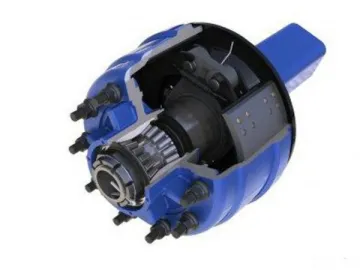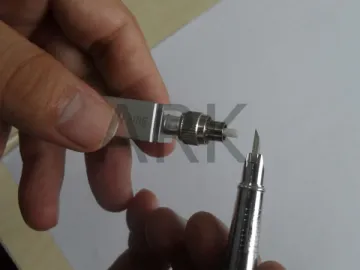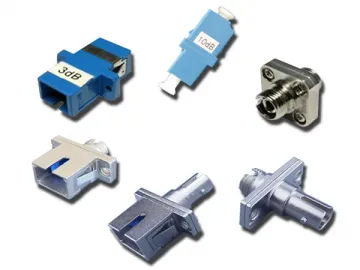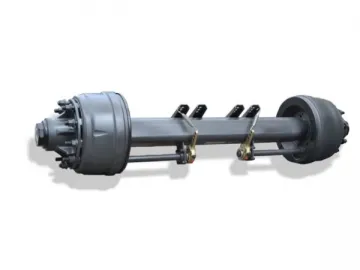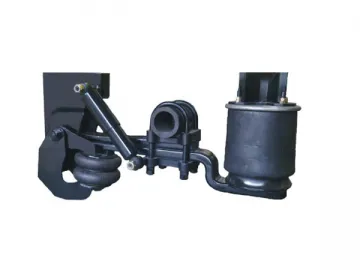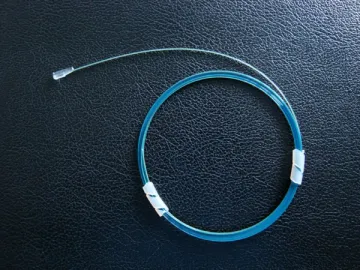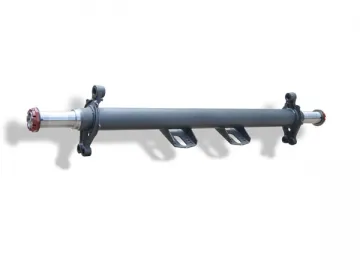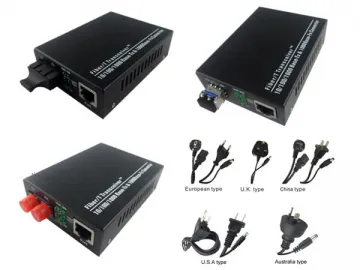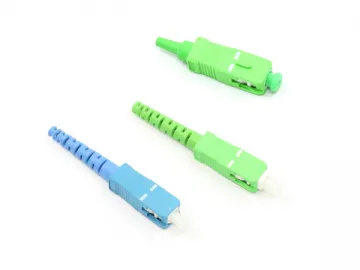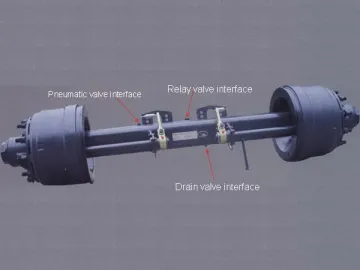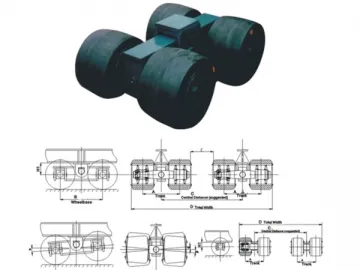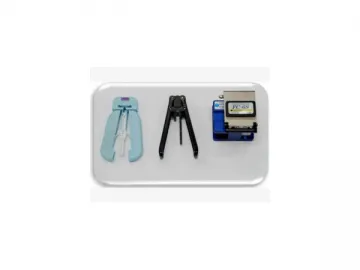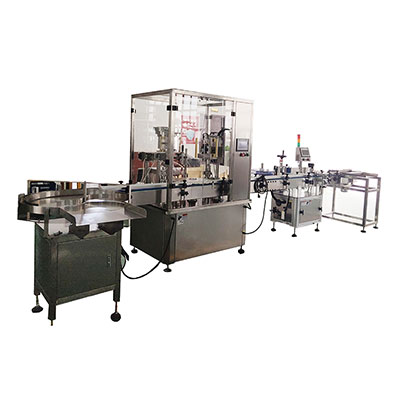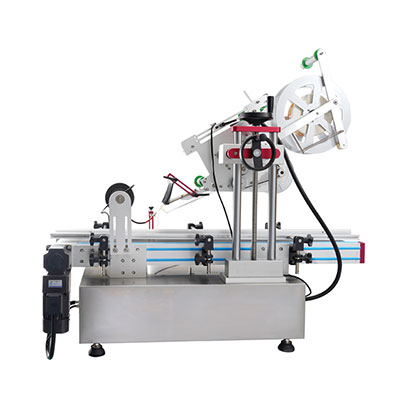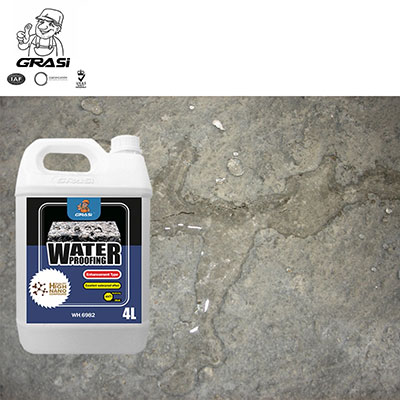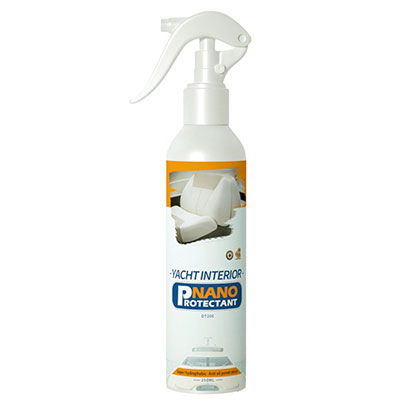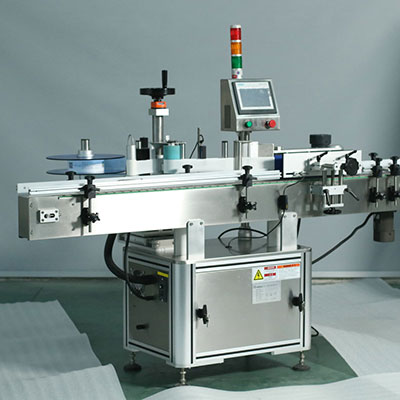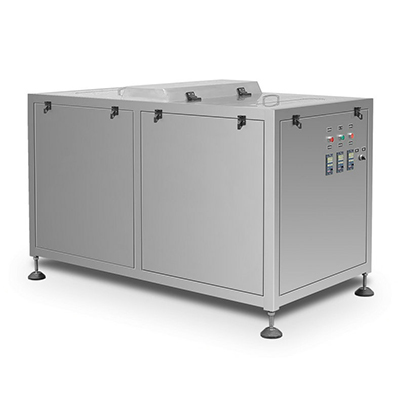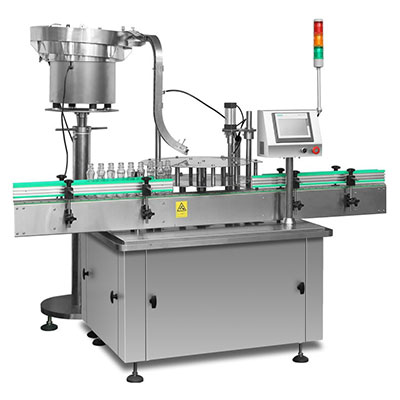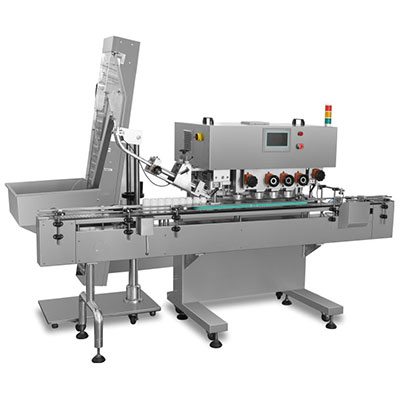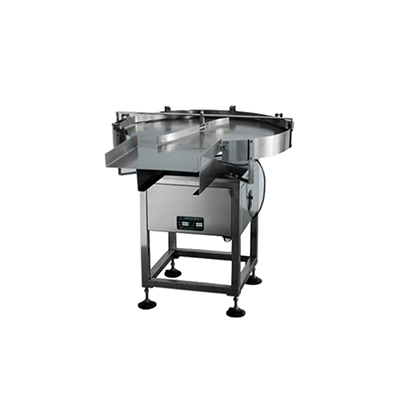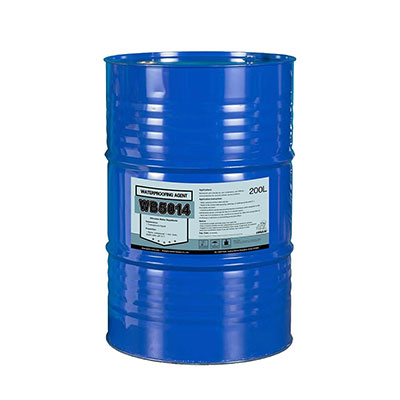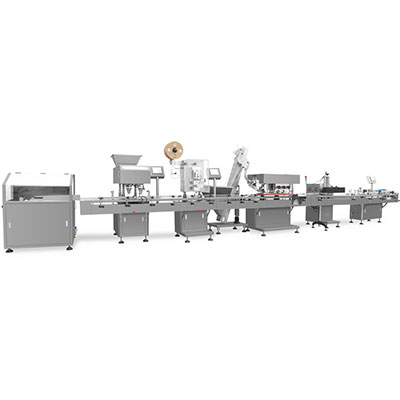Fusion Splicer for Drop Cable
The drop cable fusion splicer is a specialized fusion splicing machine used to fuse fibers together so that the spliced fiber can be used in the AV6471A Fiber-to-the-Home system.
As a brand new fiber fusion splicer exclusively designed for FFTH, its lightweight and compact design allows it to operate flexibly on the job sit where space is limited. New optical imaging system and purely digital design contribute a lot to more nuanced and clearer image display.
The fiber optic fusion splicer comes with an embedded operating system, a user friendly interface and more functions. The built-in high-performance lithium battery with a super large capacity makes it possible to work in the open air for a long time. With real-time compensation systems for temperature, humidity and air pressure, the optical fiber fusion splicer is able to adapt to environment changes at any time and achieve precise fiber splicing with low loss even in harsh conditions.
Benefits of the Fiber Fusion Splicer for Drop Cables
1. Suitable for FTTH and regular optical engineering
2. Accurate alignment reduces the fiber waste produced during fusion splicing.
3. Small size and light weight (2.8kg including battery)
4. High working efficiency with 8 seconds for splicing and 30 seconds for heat shrinking
5. The optical fusion splicer supports simultaneous display of X axis and Y axis
6. The display screen also magnifies the image of the cable by 304 folds to allow accurate splicing
7. Real-time calibration system for discharging with no need to adjust parameters
8. Durable electrode with ability of discharging for 4, 000 times
9. USB and VGA ports are available.
10. High-contrast 5.7 inch digital LCD monitor with perfect display
11. Super large capacity lithium battery with 220 splice/heat cycles per charge
12. The fusion splicer has a display screen to accurately show the battery remaining capacity in real time.
13. Auto-Start feature begins heat shrinking when the heating cover closes and starts the splice process when the wind cap shuts down.
Benefits of the Fiber Fusion Splicer for Drop Cables
1. Suitable for FTTH and regular optical engineering
2. Accurate alignment reduces the fiber waste produced during fusion splicing.
3. Small size and light weight (2.8kg including battery)
4. High working efficiency with 8 seconds for splicing and 30 seconds for heat shrinking
5. The optical fusion splicer supports simultaneous display of X axis and Y axis
6. The display screen also magnifies the image of the cable by 304 folds to allow accurate splicing
7. Real-time calibration system for discharging with no need to adjust parameters
8. Durable electrode with ability of discharging for 4, 000 times
9. USB and VGA ports are available.
10. High-contrast 5.7 inch digital LCD monitor with perfect display
11. Super large capacity lithium battery with 220 splice/heat cycles per charge
12. The fusion splicer has a display screen to accurately show the battery remaining capacity in real time.
13. Auto-Start feature begins heat shrinking when the heating cover closes and starts the splice process when the wind cap shuts down.
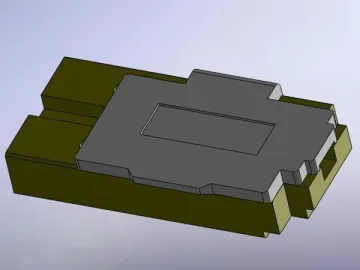
Clamp Design
AV6471A FTTH fusion splicer is improved based on AV6471 to be used for fiber splicing in FTTH. Besides all the functions of AV6471 type, more functions are added including splicing and heating of regular fibers, drop-cables and SC connectors. The clamp to achieve these added functions is shown as below.
| Left Drop-Cable Clamp | Left Drop-Cable Clamp | SC Connector Clamp |
Typical Applications of the Fusion Splicer
Our company is the designer of the first fiber optic fusion splicer in China and we have been in this industry for over 20 years. Therefore, we know very well how to achieve high quality and high efficiency fiber optic splicing. Our AV6471A FTTH type fiber splicing tool is characterized by compacting structure, easy operation, ease of carrying and ergonomic design. It is able to splice super short fiber.
Besides FTTH, AV6471A FTTH fusion splicer can also be applied for engineering construction, line maintenance and emergency repair of all optical cable lines including network trunk, and production test of optical devices. It is of great significance in research and teaching in scientific research institutions as well.
Technical Specifications of the Fiber Fusion Splicer
| Item | Specifications |
| Applicable Fiber | SM(single mode), MM(multimode), DS(dispersion shift), NZDS(non dispersion shift) |
| Splicing Loss | 0.02dB(SM), 0.01dB(MM), 0.04dB(DS), 0.04dB(NZDS) |
| Return Loss | More than 60dB |
| Operating Mode | Full-automatic, half-automatic, manual |
| Fiber Alignment | Advanced PAS alignment mode |
| Applicable Fiber | 3.0mm drop-cable, SC, FC connector (optional) and 0.25mm, 0.9mm regular fiber |
| Cleaving Length | 8~16mm |
| Magnification | 304/152 |
| Image Display | High-performance 5.7 inch LCD ensures clear and exquisite image display |
| Tension Test | Standard 2N (optional) |
| Heat Shrinking Tube | 60mm, 40mm and a series of heat shrinking tubes |
| Battery Capacity | Typical fusion splicing: 220 times, charging time: about 3.5hours (usable during charging) |
| Batter Life | Charging cycle: 300~500 times, customers can replace the battery by themselves |
| Electrode Life | Typical: 4000 times, customers can replace the electrode by themselves |
| Construction Lighting | Built-in spotlight with high brightness and wide range leads to convenient operation at night |
| External Interface | Standard USB and VGA video output interface |
| Power Supply | Built-in lithium battery 11.1V; external adapter, input: AC100-240V, output: DC13.5V/4.5A |
| Working Environment | Temperature: -10℃~ 50℃; humidity: 95%RH (40℃, no condensation); altitude: 0~5000m |
| Dimension | 160×150×140(mm) |
| Weight | 2.3kg(excluding battery), 2.8kg (including battery) |
Ordering Information
| Standard Configuration | Optional | ||||
| Code | Name | Number | Code | Name | Type |
| 1 | AV6471A FTTH fusion splicer | 1 | 1 | Fiber cleaver | AV33012 |
| 2 | Fiber clamp FH-71A-3.0 | 1 | 2 | Miller clamp | CFS-2 |
| 3 | Fiber clamp FH-71A-SC | 1 | 3 | Cable stripper | / |
| 4 | Power Adapter | 1 | 4 | Fiber clamp | FH-71A-250 |
| 5 | AC power cord | 1 | 5 | Heater pad foot | HC-71-1 |
| 6 | Standby motor | A pair | 6 | Lithium battery | BT-71-1 |
| 7 | Rubber suction bulb | 1 | |||
| 8 | Pump bottle | 1 | |||
| 9 | Cooling tray | 1 | |||
| 10 | User manual and CD | 1 | |||
| 11 | Luxury carrying case | 1 | |||
Fiber Connection Type Introduction
There are a great variety of fiber connection methods, including mechanical connection, on-site connection, and fusion splicing.
Mechanical connection is achieved by the fast connector on the site which is widely used for connection between FRP drop-cables and fibers to the home. On-site connection requires manual polishing which fails to ensure consistent polishing quality and the connection precision is very low.
Fusion splicing is the most frequently used method at the moment. Fusion splicers ensure high success rate and superior splicing quality. Generally, fusion splicing leads to a smaller splicing loss which is usually less than 0.1dB.
Comparison of Major Parameters in Two Connection Type (Data is taken from AV6471A FTTH fusion splicer actual test results)| Test | Fiber Type | Testing Wavelength | Machanical Connection | Fusion Splicing | ||
| Average Loss(dB) | Max. Loss(dB) | Average Loss (dB) | Max. Loss (dB) | |||
| Insertion Loss | SM | 1310 | 0.19 | 0.37 | 0.02 | 0.08 |
| SM | 1550 | 0.18 | 0.34 | 0.02 | 0.08 | |
| MM50 | 1310 | 0.07 | 0.38 | 0.01 | 0.05 | |
| MM62.5 | 1310 | 0.03 | 0.21 | 0.01 | 0.05 | |
| Return Loss | SM | 1310 | 56.1 | 43.9 | 60.0 | 56.2 |
| SM | 1550 | 56.4 | 44.5 | 60.1 | 56.0 | |
Links:https://www.globefindpro.com/products/85467.html
